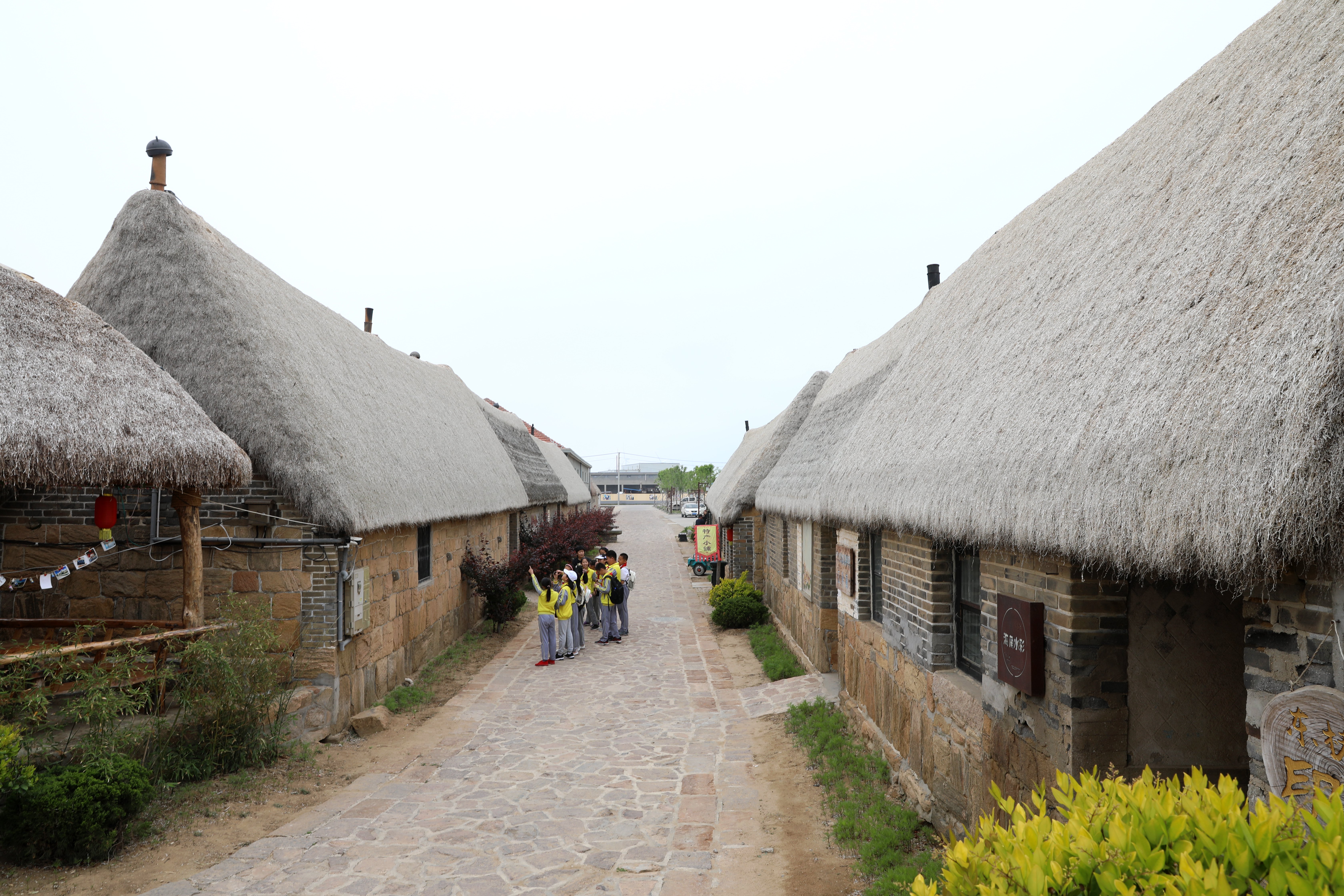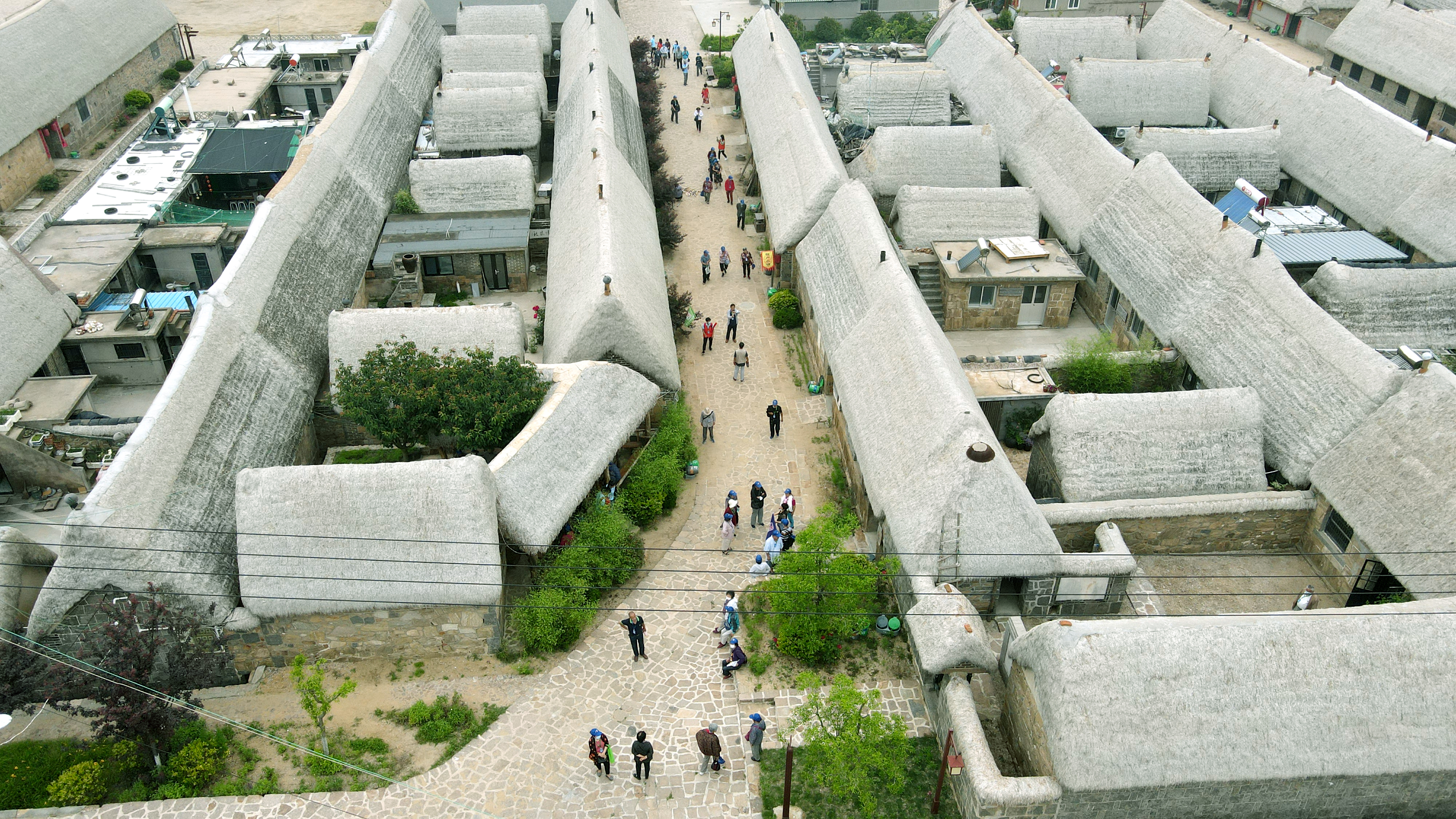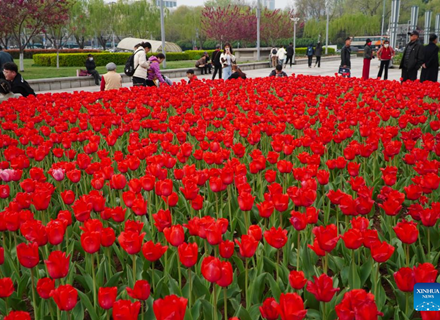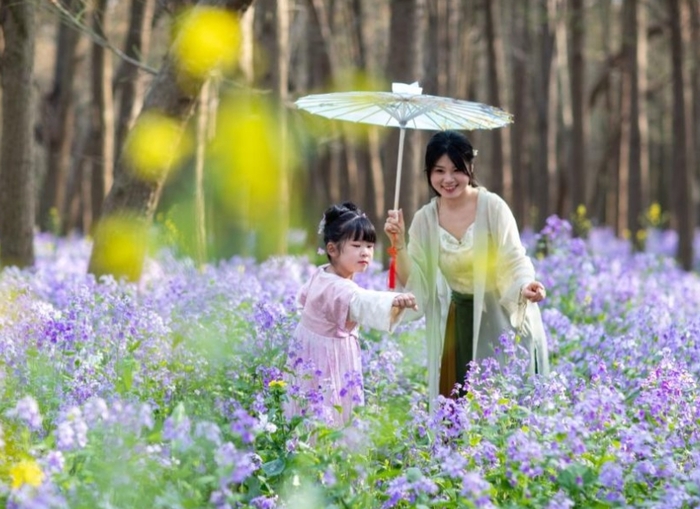Seaweed Bungalows: Unique Ecological Houses on Jiaodong Peninsula
 |
| Seaweed bungalows in Rongcheng, East China's Shandong Province [CNSPHOTO] |
In many of the coastal villages on East China's Jiaodong Peninsula, there are many uniquely designed indigenous residential buildings. Why are they unique? Their roofs are made from dried, piled-up seaweed. The locals call the houses seaweed bungalows, sea-moss houses or kelp houses.
The unique buildings are mainly situated in the coastal areas of Weihai, Yantai and Qingdao, all cities in East China's Shandong Province. There are more than 50 seaweed bungalows, which have more than 200 years of history, in Yandunjiao, a village in Rongcheng, in Weihai.
Seaweed bungalows can be traced back to the Qin Dynasty (221 BC-207 BC), but they became common structures during the Yuan Dynasty (1271-1368).
In 2006, the architecture of the seaweed houses was added to the list of the provincial intangible cultural heritage in Shandong.
 |
| Seaweed bungalows in Rongcheng, East China's Shandong Province [CNSPHOTO] |
The seaweed bungalow got its name from a kind of broad-leaved seaweed used to cover the rooftops of the houses. The seaweed grows in the shallow sea area along the coast of Jiaodong Peninsula.
The seaweed is flexible after it has dried. The seaweed is also non-flammable, rich in colloid and resistant to insects and mildew, all of which makes it one of the locals' preferred building materials.
As the coastal areas have a lot of rainfall, roofs of the houses are designed with a herringbone-slope pattern, and with relatively high ridges. When it snows heavily, this kind of roof won't collapse under the weight of the snow. The bungalows are cool in summer and warm in winter, thanks to the design of the rooftops.
Building a seaweed bungalow is not easy. It requires skilled workers at each stage of construction, from preparing the materials to building the walls and completing the roof. The walls are made with bricks and/or large stones.
Covering the roof is the most important step. Workers must pile the seaweed layer by layer. Grass and wheat straw are also used to cover the roof.
To prevent the wind from blowing the seaweed off the roof, villagers also place fishing nets over the top of the roofs, and they use heavy objects as pendants to stabilize the corners.
Seaweed bungalows highlight the ingenuity of coastal residents in adapting to the local natural environment, making it one of the best examples of ecological houses in the world.
(Source: Women of China English Monthly July 2020 issue)
Please understand that womenofchina.cn,a non-profit, information-communication website, cannot reach every writer before using articles and images. For copyright issues, please contact us by emailing: website@womenofchina.cn. The articles published and opinions expressed on this website represent the opinions of writers and are not necessarily shared by womenofchina.cn.








 WeChat
WeChat Weibo
Weibo 京公网安备 11010102004314号
京公网安备 11010102004314号